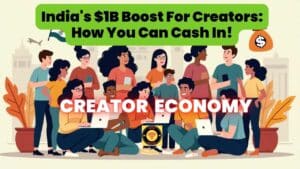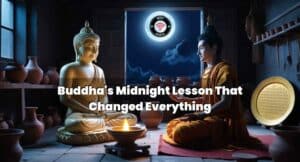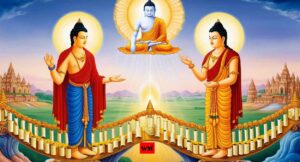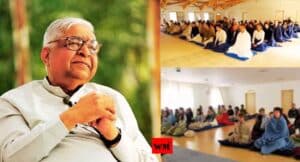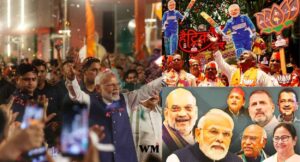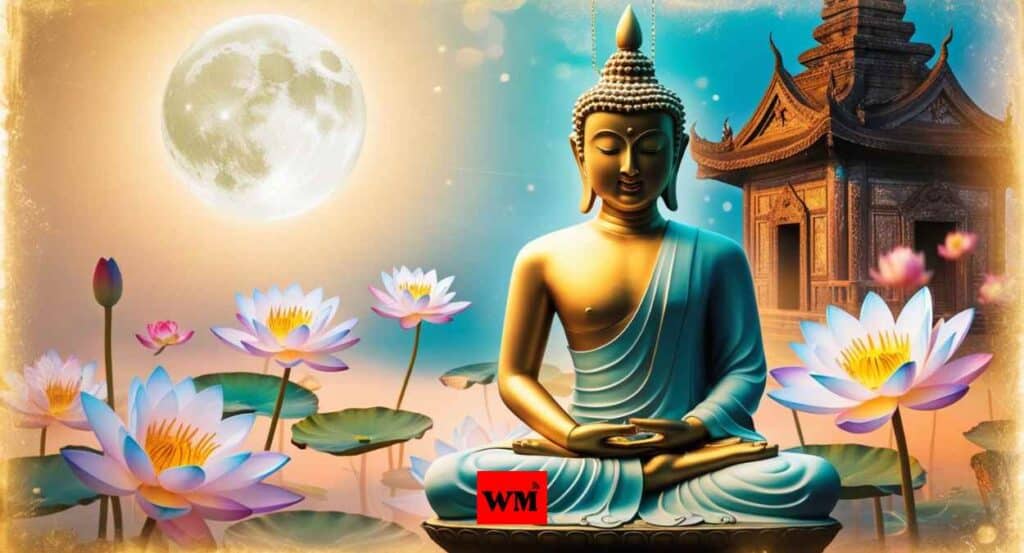
The full moon day of Vesak holds profound significance in the Buddhist tradition, marking three pivotal events in the life of Gautama Buddha. This auspicious day commemorates the birth, enlightenment, and passing away of the Buddha, offering an opportunity for reflection and spiritual renewal.
Unlock Ancient Wisdom: Vesak’s Triple Moon Magic
As we explore the significance of Vesak, we’ll also delve into the practice of Vipassana meditation, a powerful technique for self-transformation that has its roots in the Buddha’s teachings.
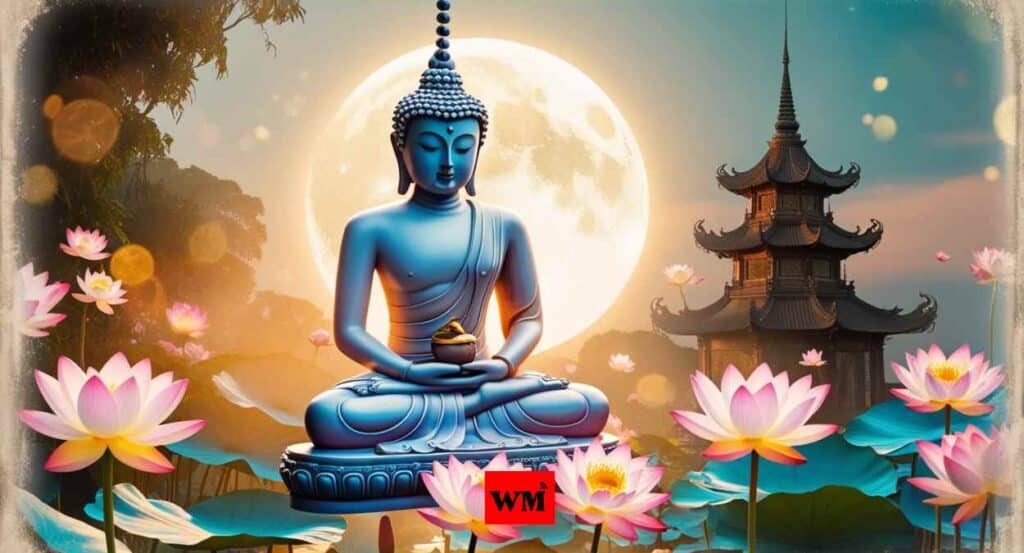
The Triple Significance of Vesak
Vesak, also known as Buddha Purnima or Buddha Jayanti, falls on the full moon day of the month of Vesak (usually in May). This day holds triple significance in the Buddhist calendar:
- Birth of the Buddha: On this day, 2592 years ago, Prince Siddhartha Gautama was born in Lumbini, present-day Nepal.
- Enlightenment: Thirty-five years after his birth, on the same full moon day, Siddhartha attained full enlightenment under the Bodhi Tree in Bodh Gaya, India.
- Mahaparinibbana: At the age of 80, the Buddha passed away (attained Mahaparinibbana) on this very same full moon day.
This convergence of events makes Vesak a deeply meaningful occasion for Buddhists and spiritual seekers worldwide.
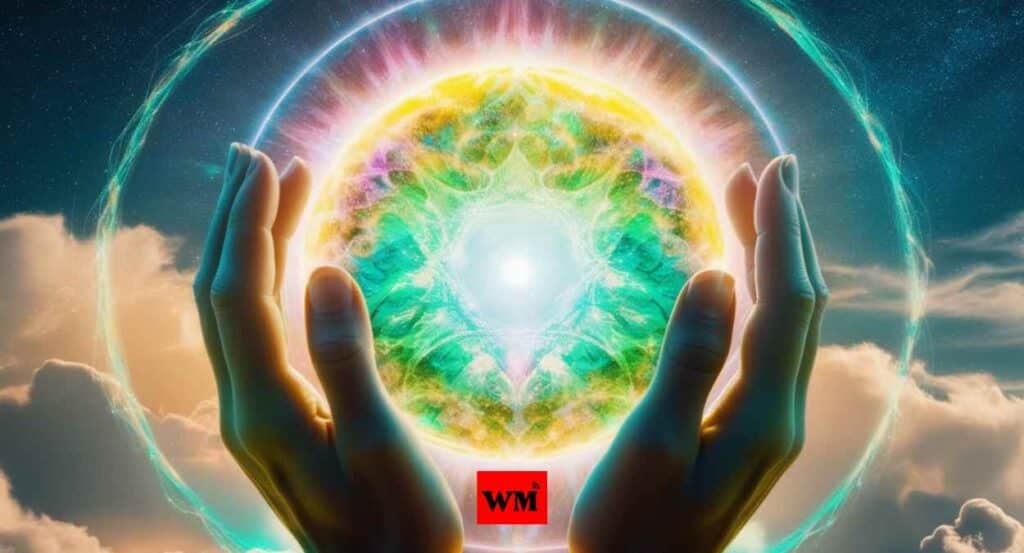
The Buddha’s Enlightenment and Teachings
The enlightenment experience of the Buddha was a profound realization of the nature of reality and the human condition. Some key insights he discovered include:
- The role of ignorance and the illusory ego in creating mental conditioning (sankhāras)
- The interconnectedness of consciousness, mind, and body
- The process of sense contact leading to craving or aversion
- The cycle of birth, old age, illness, and death resulting from ignorance and craving
Most importantly, the Buddha discovered a path to liberation from suffering – the Noble Eightfold Path.
The Noble Eightfold Path
The Buddha’s solution to human suffering is encapsulated in the Noble Eightfold Path, which consists of three main sections:
- Moral Conduct (Sila)
- Right Speech
- Right Action
- Right Livelihood
- Mastery of the Mind (Samadhi)
- Right Effort
- Right Awareness
- Right Concentration
- Wisdom (Panna)
- Right Intention
- Right View
This comprehensive path provides a framework for ethical living, mental development, and the cultivation of wisdom.
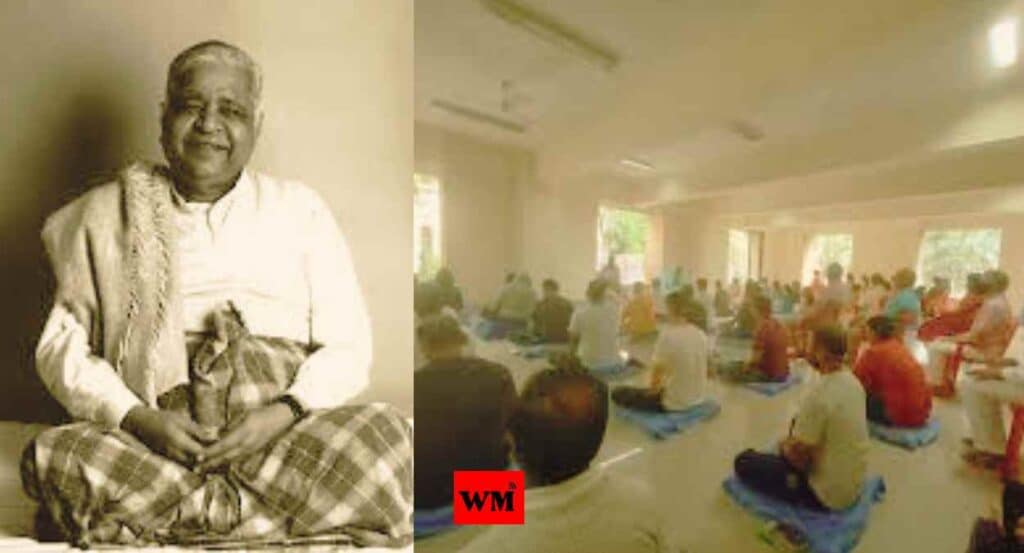
Vipassana Meditation: The Practical Application of the Buddha’s Teachings
At the heart of the Buddha’s teachings lies the practice of Vipassana meditation. This technique, rediscovered and taught by S.N. Goenka in the tradition of Sayagyi U Ba Khin, offers a practical method for implementing the Noble Eightfold Path.
Key Aspects of Vipassana Practice:
- Direct Observation: Practitioners learn to observe the realities of body and mind directly, without conceptualization.
- Impermanence (Anicca): Meditators experience the ever-changing nature of sensations and mental phenomena.
- Non-Self (Anatta): Through practice, one realizes the lack of a permanent, unchanging self.
- Equanimity: Developing a balanced mind that doesn’t react with craving or aversion to sensations.
- Purification of Mind: The technique aims to eradicate deep-rooted mental impurities, leading to liberation.
Benefits of Vipassana:
- Stress reduction and improved mental health
- Increased self-awareness and emotional regulation
- Development of wisdom and insight into the nature of reality
- Cultivation of compassion and equanimity
The Legacy of S.N. Goenka and the Spread of Vipassana
S.N. Goenka played a pivotal role in reviving and spreading the practice of Vipassana meditation globally. His teachings emphasize:
- The non-sectarian nature of Vipassana, accessible to people of all backgrounds
- The importance of experiencing the truth for oneself, rather than blind faith
- The practical application of the Buddha’s teachings in daily life
Today, Vipassana centers worldwide offer 10-day courses, providing a structured environment for learning and practicing this powerful technique.

Continuing the Dhamma Legacy: Modern Initiatives
The Global Vipassana Pagoda
The Global Vipassana Pagoda in Mumbai, India, stands as a testament to the enduring impact of the Buddha’s teachings. Recent developments include:
- A new multi-media museum commemorating S.N. Goenka’s birth centenary
- Sections covering the Buddha’s life, Emperor Ashoka’s contributions, and the lineage of teachers
- Interactive displays aimed at inspiring visitors to take their first step on the Dhamma path
Vipassana Research Institute (VRI) and Project Pala
The Vipassana Research Institute is undertaking significant efforts to preserve and protect the Dhamma teachings:
- Project Pala – Treasures of Dhamma: A state-of-the-art conservation facility to preserve manuscripts, rare books, audio-visual materials, and other Dhamma artifacts
- Digitization efforts to make these materials accessible to future generations

Frequently Asked Questions (FAQs)
Q: What is the significance of Vesak?
A: Vesak commemorates the birth, enlightenment, and passing away of Gautama Buddha, all occurring on the same full moon day.
Q: How is Vesak celebrated?
A: Celebrations vary but often include temple visits, meditation, charity work, and the release of caged birds to symbolize freedom.
Q: What is Vipassana meditation?
A: Vipassana is a technique of self-observation that aims to purify the mind and lead to insight into the true nature of reality.
Q: Can anyone practice Vipassana?
A: Yes, Vipassana is non-sectarian and can be practiced by people of all backgrounds and beliefs.
Q: How long does it take to learn Vipassana?
A: The basic technique is taught in a 10-day residential course, but mastery is a lifelong journey.
Q: What are the benefits of practicing Vipassana?
A: Benefits include stress reduction, improved mental health, increased self-awareness, and the development of wisdom and compassion.
Q: How does Vipassana relate to the Buddha’s teachings?
A: Vipassana is considered the practical application of the Buddha’s Noble Eightfold Path, particularly in developing wisdom and concentration.
Conclusion
As we celebrate Vesak, we honor not only the life and teachings of the Buddha but also the living tradition of Vipassana meditation that continues to transform lives today. The triple-blessed full moon day serves as a reminder of the profound wisdom and compassion that the Buddha shared with the world. Through the practice of Vipassana, we have the opportunity to walk the path of self-discovery and liberation that the Buddha illuminated over two millennia ago.
In a world often filled with turmoil and suffering, the teachings of the Buddha and the practice of Vipassana meditation offer a beacon of hope and a practical path to inner peace. As we reflect on the significance of Vesak, may we be inspired to explore these timeless teachings and experience their transformative power in our own lives.
Disclaimer:
This article is for informational purposes only. Wini Media does not endorse any specific religious or spiritual practice. Please consult qualified teachers or instructors before beginning any meditation practice.
Also Read :
India’s Largest Mall With 8000 Car Parking Coming Up at Delhi’s Aerocity by 2027
Lok Sabha Elections 2024: NDA Clinches Power for 3rd Term, INDIA Alliance Fights Surprisingly Well
How Often Should You Turn Off Your Smartphone? Know What is NSA’s Advice?
Meet Prafulla Dhariwal: The Pune Prodigy Behind OpenAI’s Revolutionary GPT-4o
AI Revolution: OpenAI Boss Ready to Spend Billions on Superintelligence









